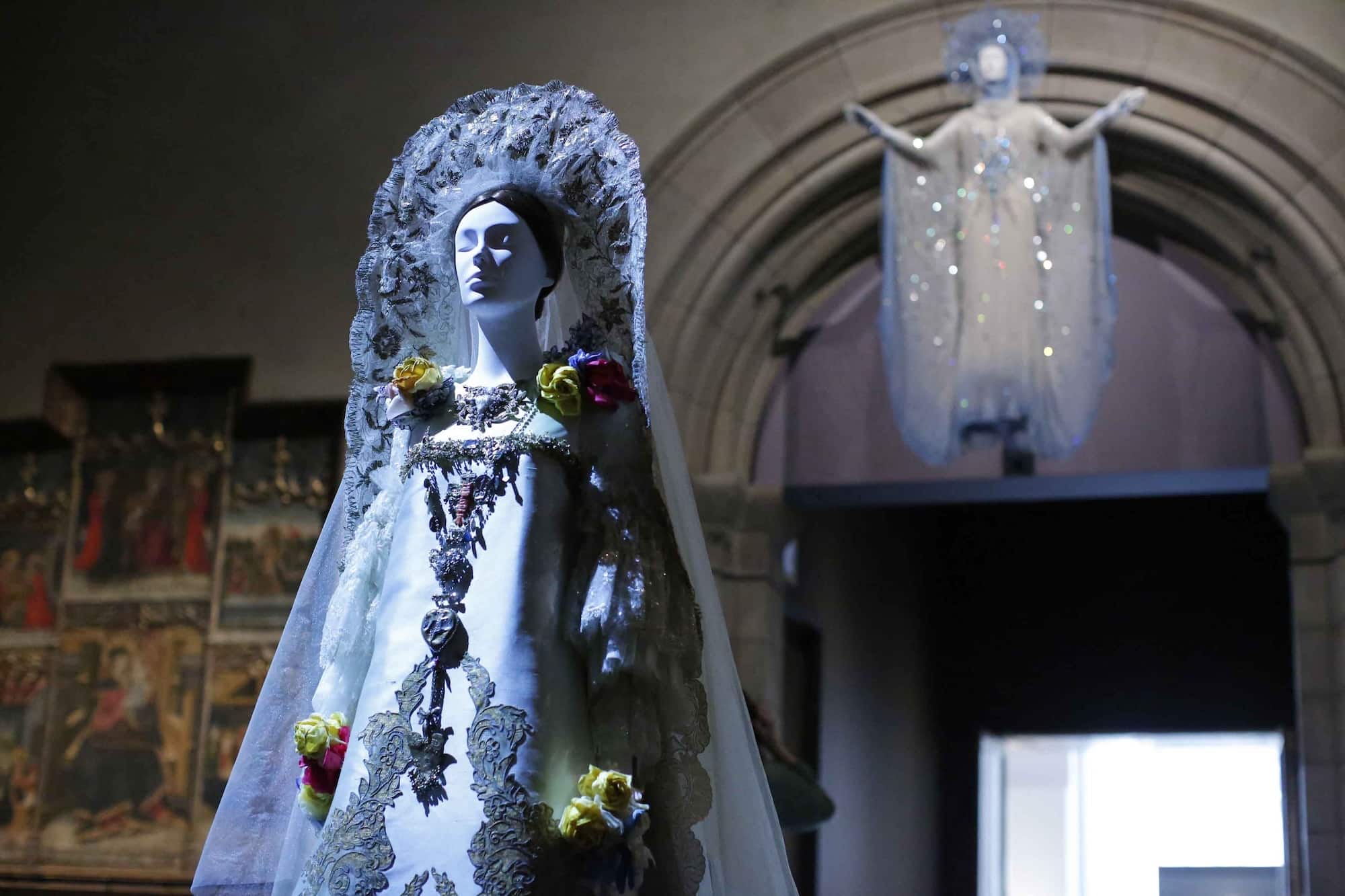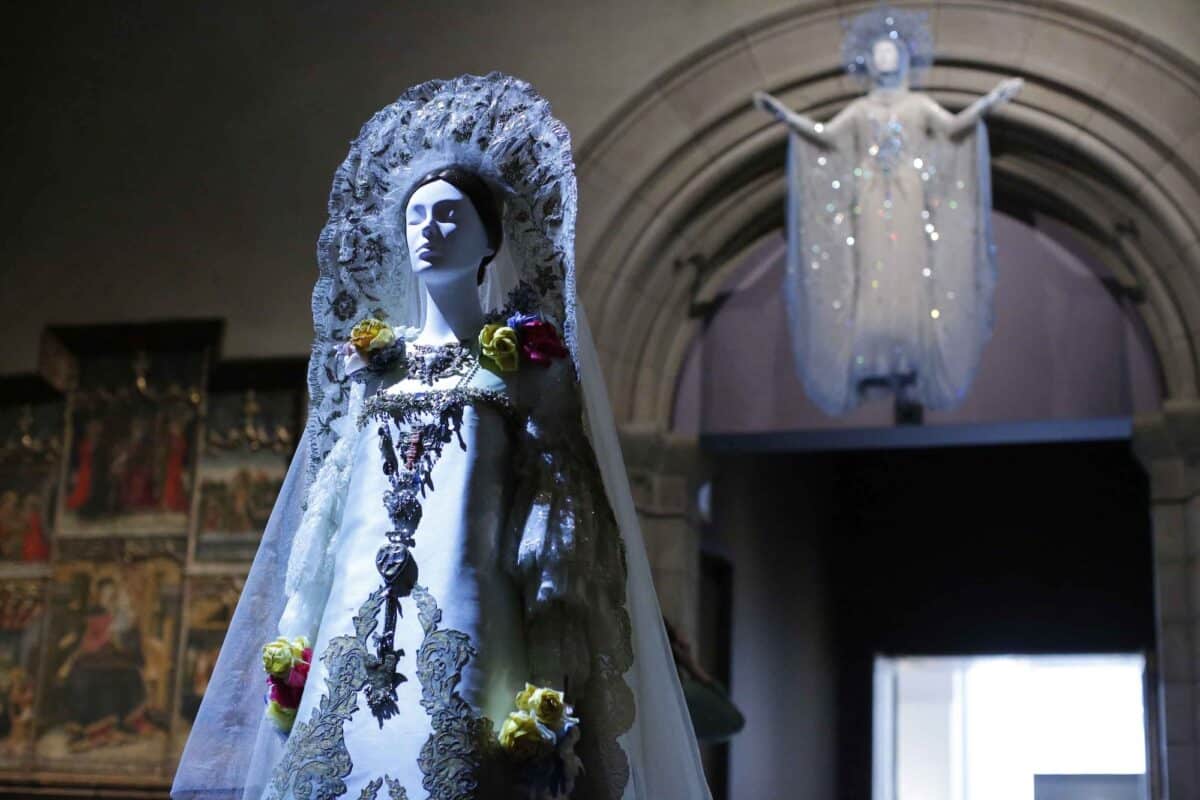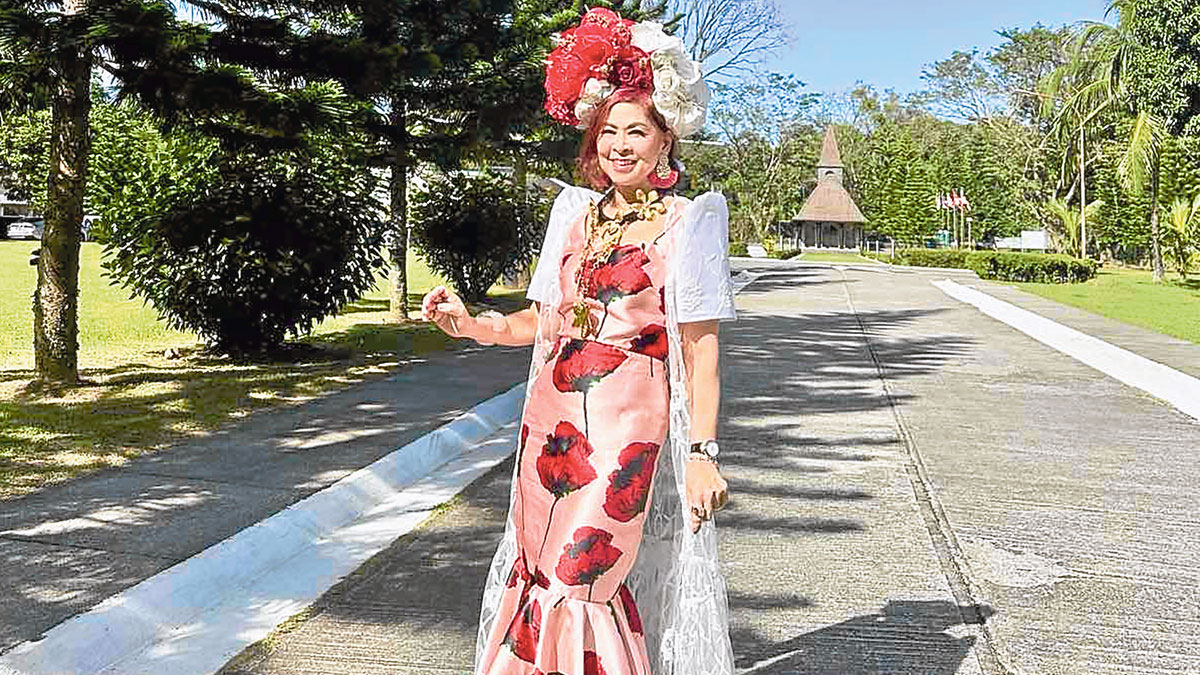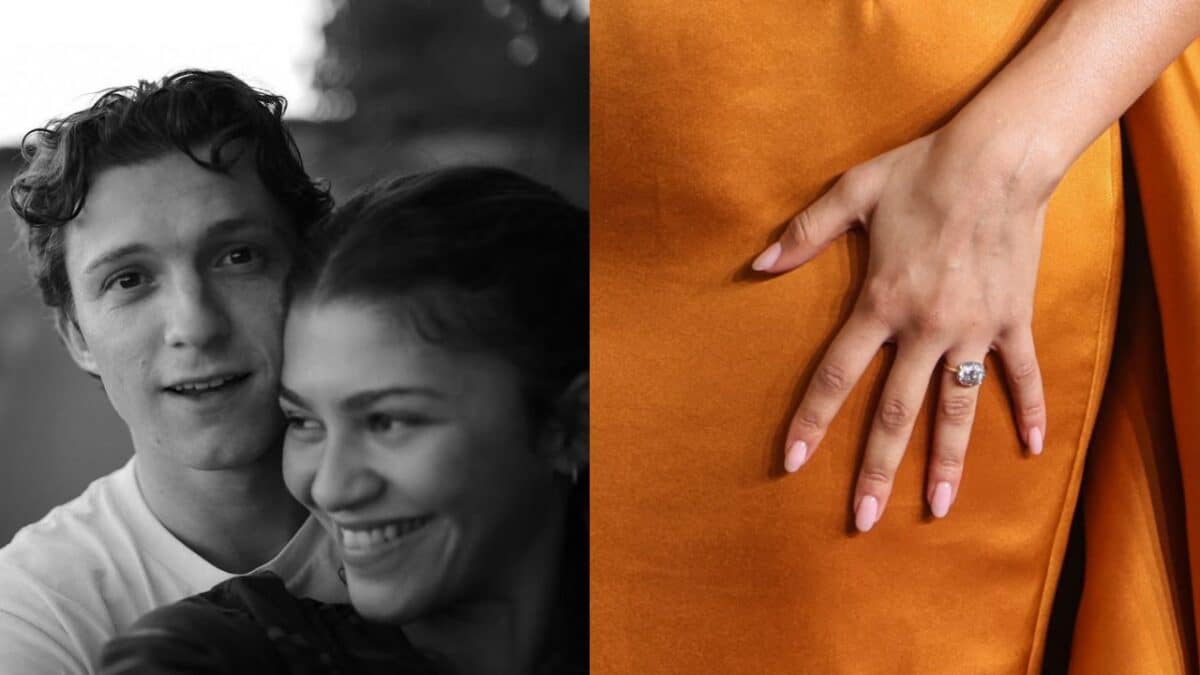Another rally? We’ll be there!
I’m proud to say my husband and I haven’t missed a single major protest rally since Rodrigo Duterte became president. This in itself is a feat, considering our very senior years, and how many there have been in just two years.
We definitely are old warriors, older in fact than our parents were in 1986.
This is not just anything like the four-day vigil of a generation ago, although in those four days were packed a measure and intensity of fervor never matched. It is, rather, a series of protests exploding as issues arise, one after another, often overlapping. And, oh, don’t the issues arise more often sometimes than we’re ready to march again.
It feels like being put to a running test of how much injustice we can endure. To be sure, Facebook is better at keeping up, but my husband and I still believe in the old proven way of collecting warm bodies, not virtual ones, out on the streets, not in cyberspace. That’s why we intend to keep going out there for as long as our old knees can take it.
The antidote to misgivings about going to rallies is the lifting thought of being in the right company and, for us additionally, in the company of fellow veterans. Indeed, together we feel mutually reenergized and emboldened.
Anything but red
The night before, as we have done for many other rallies, we called each other to meet on Padre Faura in support of Chief Justice Maria Lourdes Sereno’s fight against a quo warranto coup in her own Supreme Court. She herself was going to face the plotters; she wanted them to rule and subvert the constitution to her face.
I was already dressed when I got a text to wear white. For me, anything but red—the color of the Marcos hordes camped out for six months now on the sidewalk right across from the Supreme Court gate where the justices pass. They were massed to support Ferdinand Jr.’s electoral protest beneath provided tents (marked “Lungsod ng Maynila”), in supplied uniform shirts, and with catered food.
I thought it rather tacky, and an unnecessary show of subservience, of the court employees to wear red, too.
Not a good sign
Massive trucks had been set as barriers between us and the red shirts. We were confined to a smaller area in front of the other, and this time closed, gate, closer to Taft. It was here that we positioned ourselves, taking advantage of the shade thrown by the massive building from the scorching sun.
Like many others, I brought baon for sharing—water, sandwiches, pica-pica. I wore a hat, others had umbrellas, and some brought foldable chairs for sharing, too, as we awaited the verdict.
Suddenly a lechon arrived, fair-sized and apparently expected; the guards opened the gate without question. Cousin Ninit and I gave each other the look that said, some people were getting ready for a celebration. Indeed, at that point, we remained hopeful the vote could still go either way. A bit later, a simply dressed woman came with two Tupperware containers of what looked like home-cooked food.
“Para kanino yan?” asked the guard.
“Para kay Ma’am.” The gate again opened.
Ninit and I looked at each other, again: Not a good sign.
Pent-up emotions
Rallies can be quite tense, but they can also trigger the release of pent-up emotions; an occasional burst of laughter could sometimes be quite rejuvenating. I felt especially young again when I saw Teofisto Guingona, older but far younger than his age. Slim and fairly straight-spined still, he was walking unaided.
I approached to greet him and introduced myself as Titong’s daughter. Soon my cousin and other veteran protesters followed. Old man Tito looked relieved to see other seniors and be recognized, but he couldn’t hide his deep concern for the possible consequences of the removal of a Chief Justice by quo warranto. Shaking his head, he told Vergel, “I never imagined anything like this happening.”
Looking around, I was consoled, as always, by the presence of many nuns. Clustered in groups, they were visible in their habits, more visible than the priests who, usually lay-clothed, easily blended into the crowd. In any case, the priests were again outnumbered, prompting Sr. Mary John, all flushed with high flu fever, to comment, “This place should be renamed Madre Faura.”
Soon the verdict, 8-6, came down. We had lost; some took it worse than others. Some matrons, in disgust and utter frustration, lost it and started screaming at the guards, but quickly recovered their composure and offered apologies.
A mother had taken the mic on the stage and in her desperation screamed crass invectives at the president. Sereno was her last hope for justice for her son, an EJK victim. My heart breaks every time I hear these mothers. I hadn’t realized how upset and emotional I had become until I felt teary-eyed. I told my husband we should go.
On our way to lunch we heard that Sereno—you just have to admire the woman—came out to address her supporters. She was upbeat, looking more like the victor than the victim, not only because a 7-7 vote would have kept the status quo, but because the promise was raised of “a moral snowball,” as my husband now calls it.









































